06-25-Daily AI News Daily
AI Insights Daily 2025/6/25
AI Daily|8 AM Update|All-Network Data Aggregation|Cutting-Edge Scientific Exploration|Industry Free Expression|Open-Source Innovation Power|AI and Human Future| Visit Web Version ↗️
AI Content Summary
ByteDance's Doubao introduces visual programming; Microsoft releases Mu model to simplify system interaction.
Apple and Cambridge AI research make breakthroughs; GPT-4 aids cancer drug development.
In the AI era, technical depth is more crucial; multiple open-source tools and AI video models garner attention.AI Product & Feature Updates
Hey folks, ByteDance’s AI assistant, Doubao, just dropped its “App Creation 1.0” AI programming feature! 🚀 This bad boy brings a totally fresh visual programming experience to the table. Users can now literally drag, drop, and edit web apps directly in the preview interface, which slashes the coding barrier big time. Seriously, it means even if you’ve never coded before, you can whip up fully functional web apps in a flash. Expect this to supercharge the spread of AI programming tools!
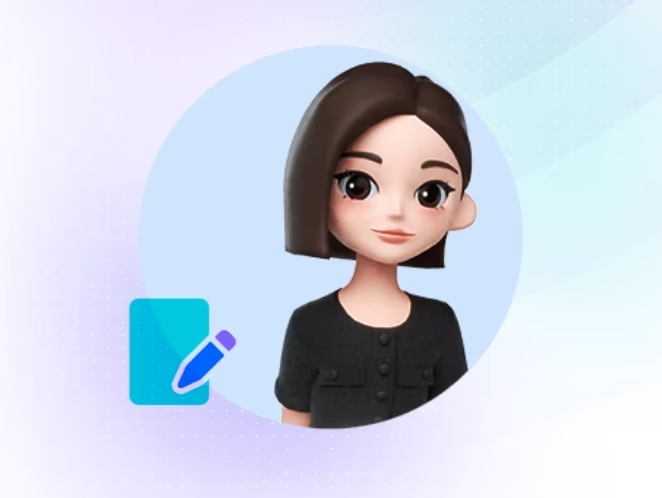
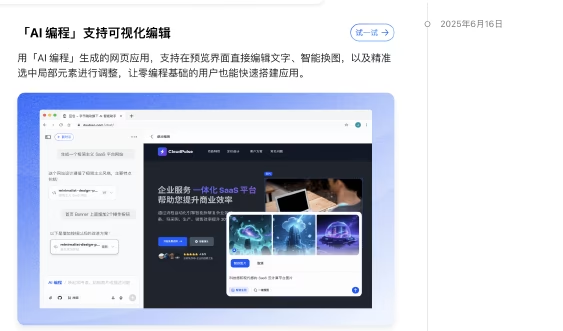
Alright, big news from Microsoft! They just officially unleashed Mu, a device-side Small Language Model (SLM) specifically designed for the Windows 11 Settings app. 🤯 This 330-million-parameter model is all about local, natural language interaction, optimized with NPU for low latency and top-notch privacy – seriously simplifying how users mess with system settings. Mu’s debut is a huge leap for localized AI tech in OS interaction and could totally kick off a new era where operating systems and AI cozy up for a deeper blend!
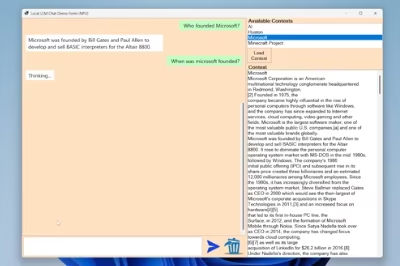
Learn More
AI Cutting-Edge Research
First up in cutting-edge research, Apple just dropped some seriously cool findings, unveiling new AI image generation models like TarFlow and STARFlow, powered by normalized flow tech! 🍏✨ Unlike your typical diffusion models, this tech can precisely calculate the probability of generating images. What’s super neat is STARFlow, which tackles high-res image generation hurdles by working in the latent space and letting you call on existing language models to fine-tune text prompt processing. This is a totally fresh take on image generation technology!
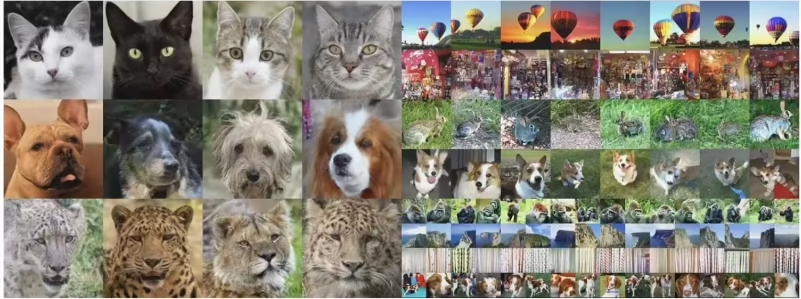
Get this: Researchers from Cambridge University and other institutions just dropped some mind-blowing news! 🤯💊 They’ve successfully leveraged GPT-4, a Large Language Model (LLM), in the hunt for new cancer drugs, marking the first time it’s been used as a tool to generate scientific hypotheses. They’ve already made breakthrough progress in breast cancer treatment! This study had GPT-4 propose various drug combinations, with the combo of simvastatin and disulfiram showing immense potential in fighting breast cancer. This seriously opens up totally new avenues for medical research!
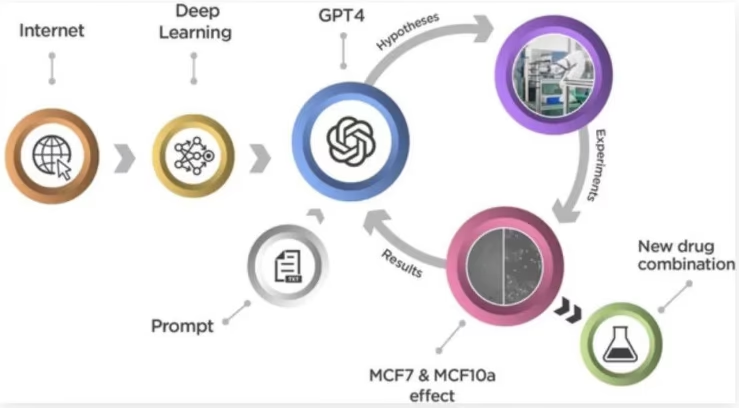
Paper Link: Paper LinkOmniGen2 is hitting the scene as a super versatile, open-source multimodal generative model! 🎨🤖 This bad boy can handle a bunch of tasks all in one go, like text-to-image generation, image editing, and context generation, and it’s absolutely crushing it in relevant benchmarks. Even though its model parameters are pretty moderate, it’s achieving best-in-class performance among open-source models for consistency and even dropped a brand new OmniContext benchmark. How cool is that?! Paper Link: Paper Link
AI Industry Outlook & Social Impact
- Hold up! Renowned education blogger Zhang Xuefeng had a surprising take during a live stream on June 24th when asked if he worried about being replaced by AI. 😲 He was like, “It’d be awesome if I could be replaced!” This doesn’t just show his optimistic vibe about AI’s growth and his forward-looking view on education; it also highlights how educators really need to step up their communication with students’ parents to better leverage AI tools. Talk about a clear-headed and super insightful perspective!
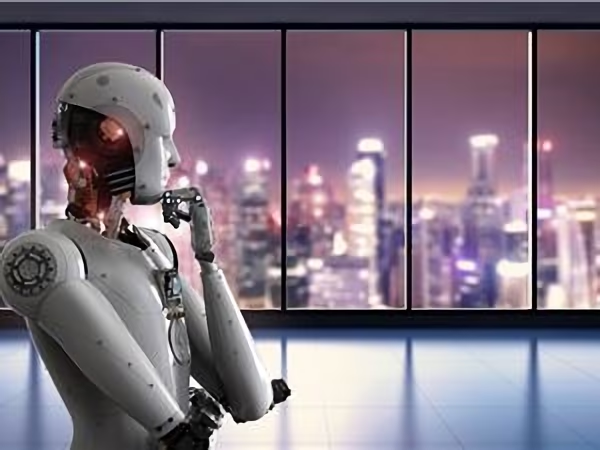
Top Open-Source Projects
Heads up, dev pals! A new open-source graphical interface tool called Claudia just officially dropped! 💻✨ It’s built specifically for Claude Code and aims to slash the learning curve for command-line operations by serving up a super elegant and intuitive desktop experience. Plus, it runs across multiple systems thanks to the Tauri cross-platform framework. This bad boy is privacy-first, rocks local storage, and offers one-stop project management, custom AI agents, and a session timeline. Seriously, this could be the go-to benchmark tool in the AI programming space!
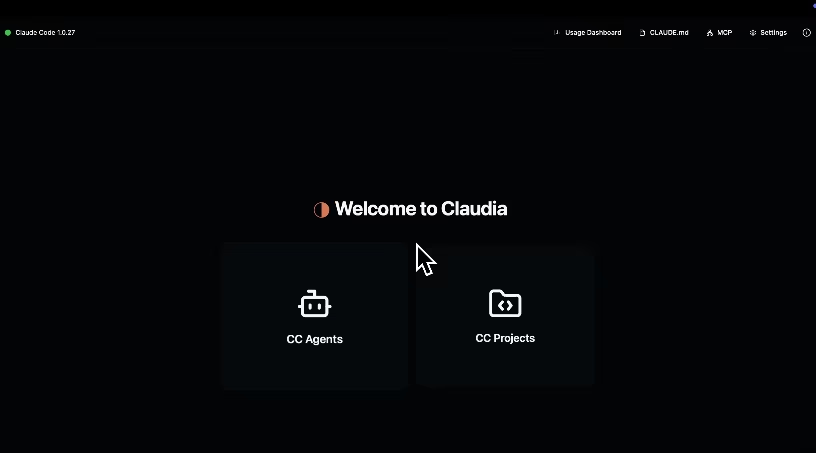
Project LinkScholAI, an intelligent academic research tool powered by MCP, just launched and is getting a ton of buzz! 🎓🚀 It packs a punch with integrated features like paper search, analysis, management, CCF ranking queries, and semantic query analysis. Basically, it’s designed to give researchers a super efficient and smart solution for their academic grind. The tool’s grayscale testing has already pulled in tons of researchers, showing its massive potential for boosting efficiency in literature reviews and journal selection. It’s seriously a game-changer for academics!
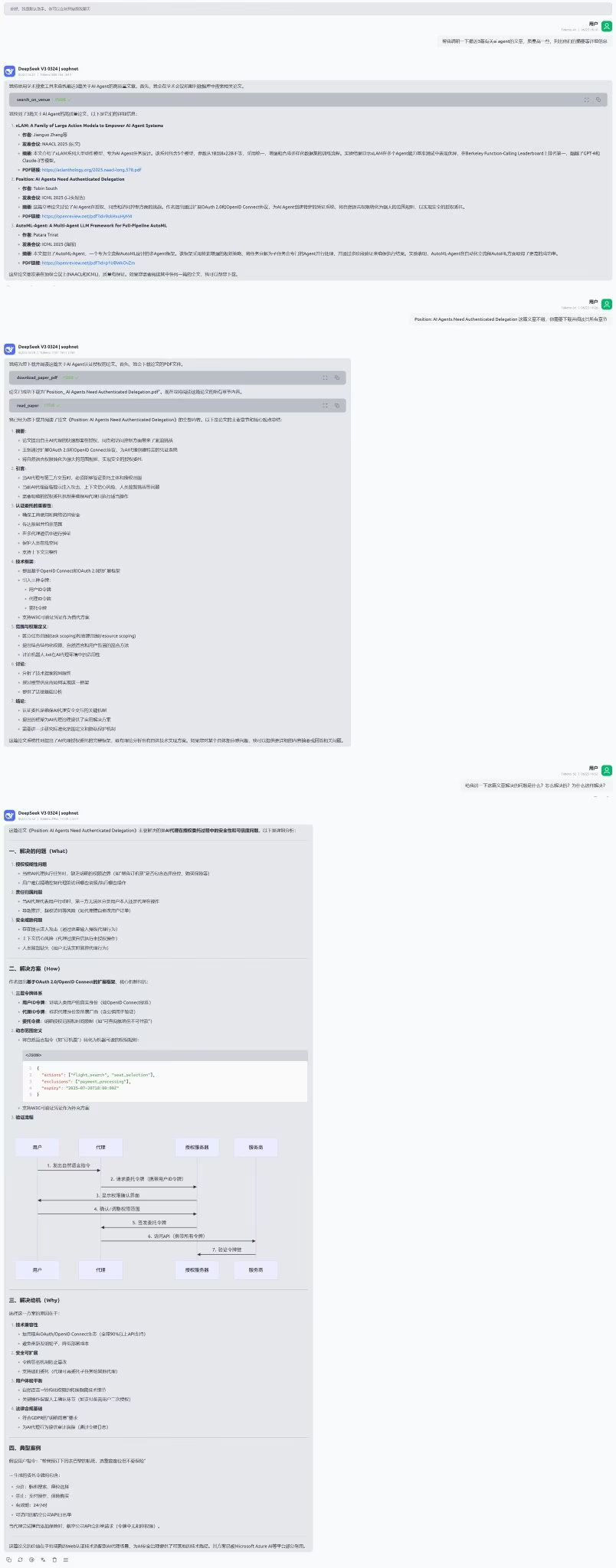
Project Link: Project LinkCheck out this open-source project: leaked-system-prompts! 🌟🔍 It’s a dedicated collection of leaked system prompts, giving developers a treasure trove of resources for research and reference. This project has racked up a whopping 9951 stars on GitHub—talk about popular and practical! Project Link: Project Link
Next up: the open-source project claude-code-router! ⚙️🔗 This one uses Claude Code as its coding infrastructure, letting users vibe with Anthropic updates while also having flexible control over how they interact with the model. It’s already snagged 1324 stars—sounds super practical and slick, right?! Project Link: Project Link
best-of-ml-python is an open-source project with a mind-blowing 20406 stars! 🏆🐍 It’s all about dishing out weekly updated rankings of awesome machine learning Python libraries. This is seriously a godsend for ML enthusiasts and developers looking for the best tools out there! Project Link: Project Link
Social Media Buzz
Over on social media, user meng shao just dropped an epic comparison test of three AI video products: Midjourney, Veo3, and Hailuo! 🎥🍝 She used the same prompt to see how they differed in generating a “pasta driving at full speed” video. Talk about a visual feast! You guys can check out the provided video to get a firsthand feel for how these different models perform. Learn More
Next up, Xiangyang Qiaomu is totally blown away by the physics effects of the Hailuo 02 model! 🤯🌌 They reckon it showcases a “living,” interactive virtual world, with its physical understanding capability far surpassing Veo 3. This model has evolved from “individual realism” to “interactive realism” with its environment, flexing stunning results and even stronger model capabilities through test cases like collapsing blocks. Seriously, it’s a jaw-dropper! Learn More
Baoyu hit us with a super profound point: In the AI era, technical depth trumps breadth! 🤔🧠 Why? Because AI can fill gaps in breadth, but it can’t fix a lack of depth. He emphasized that experts in specialized fields can still churn out high-quality results even with AI’s help, while those who are jack-of-all-trades but master of none will struggle to hit excellence. This really sheds light on AI’s true nature as an enabler for specialized skills, not a total replacement. Food for thought, right?! Learn More
Baoyu also brought up a heated debate about AI code generation quality! 💻💸 He pointed out that for big projects, the code quality from Claude Code just doesn’t stack up against the more expensive Cline + Gemini 2.5 Pro, and Claude Code also needs more human intervention. This doesn’t just show the pretty significant differences in code generation capabilities across various AI models; it also spills the tea on the potentially steep costs of chasing high-quality AI-assisted programming. Talk about a love-hate tightrope walk, huh?!
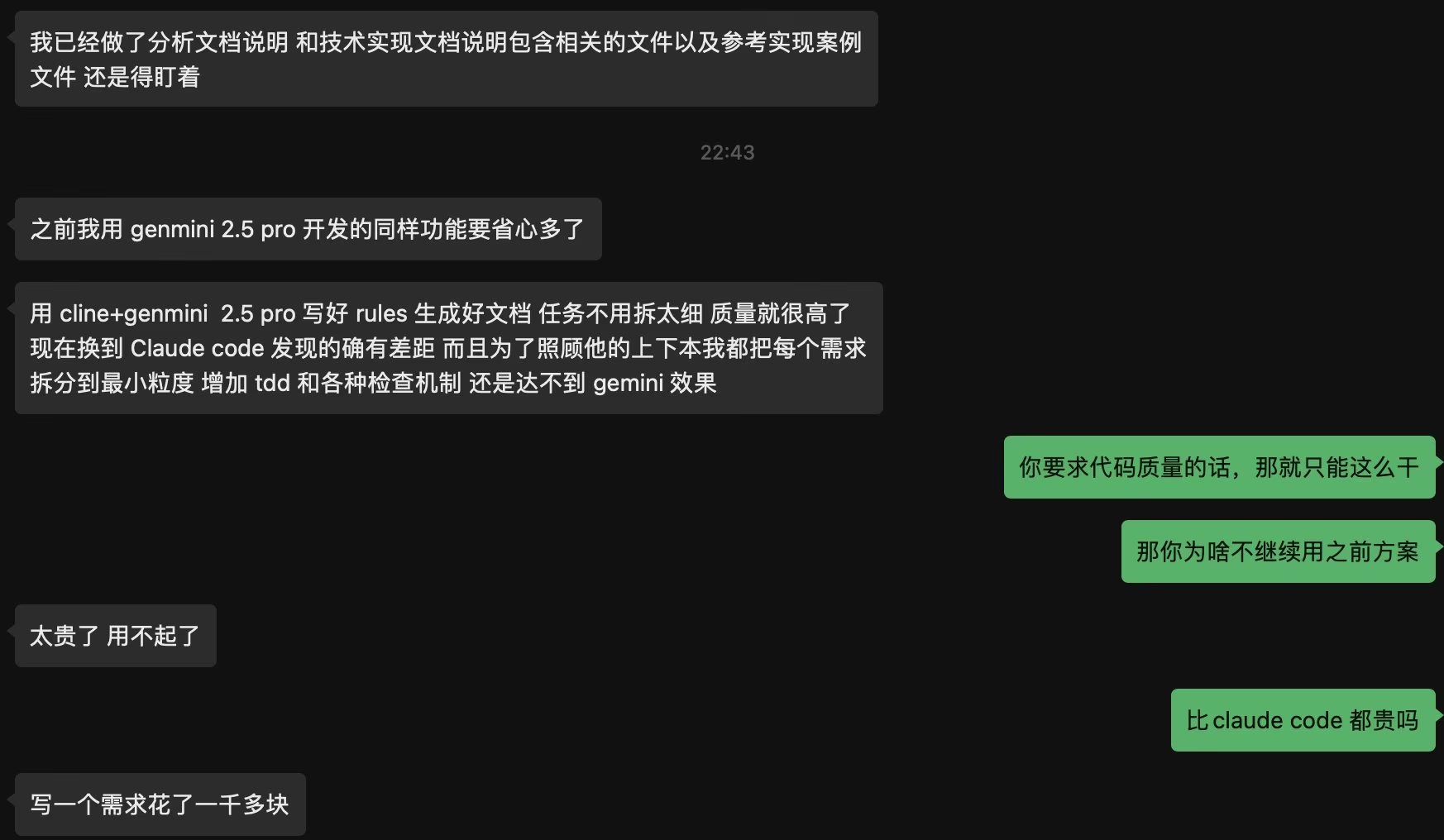
Learn More
Listen to the Audio Version of AI Daily
| 🎙️ Xiaoyuzhou | 📹 Douyin |
|---|---|
| Whiskey-on-Mars Tavern | Official Account |
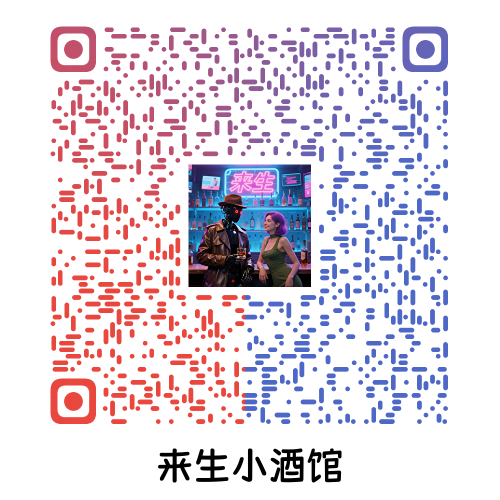 |  |